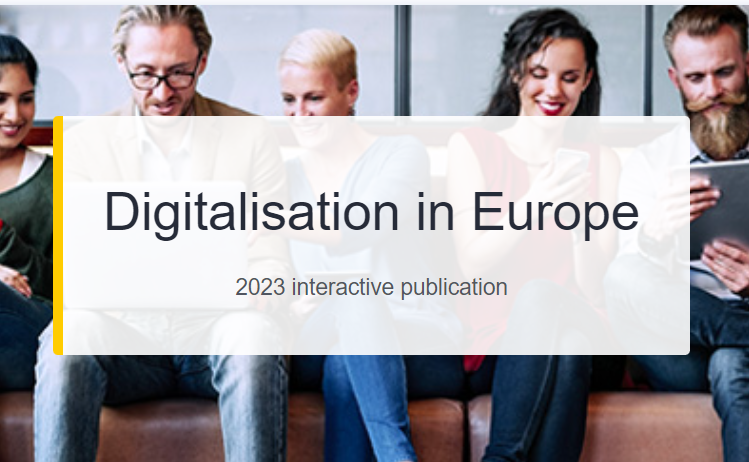
Digitalisation in Europe 2023
The European Statistical Agency (EUROSTAT) analyzed the dynamics of digitalization in the countries of the European Union (EU).
The focus is on the level of development of digital literacy of the population, accessibility and quality of digital services for citizens and businesses.
Key findings:
- In 2021, 54% of EU citizens had basic or above basic digital skills.
- In 2021, about 180,000 students graduated with a degree in ICT (4% of all graduates). The highest rates are in Estonia (10%) and Ireland (8%).
- In 2022, 9 million people worked in ICT (5% of the EU workforce). Among EU countries, the share of employed ICT professionals was highest in Sweden (9%), Luxembourg and Finland (both 8%). The lowest employment is in Greece and Romania (3%).
- 90% of EU residents use the Internet on a regular basis, 66% use online banking services, 42% use it to obtain information from public authorities' websites.
- In 2022, on average 22% of European enterprises faced an information security threat.
- In 2022, more than 70% of enterprises achieved a basic level of digital transformation, 22% conducted additional training to improve the digital competencies of employees.



